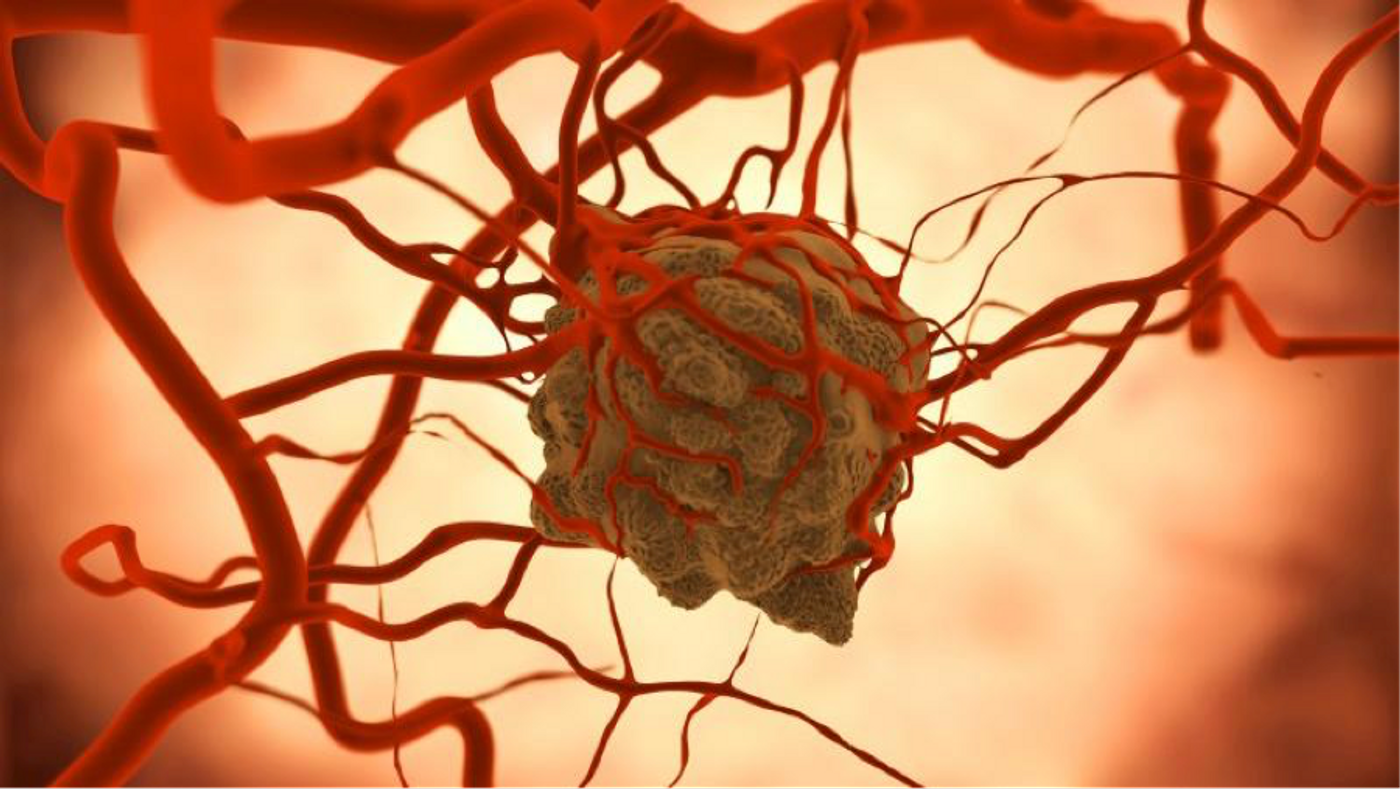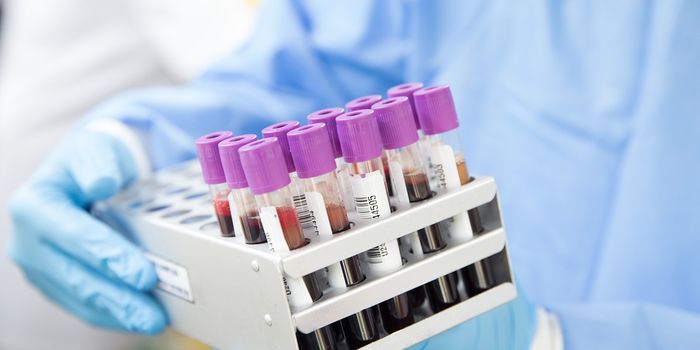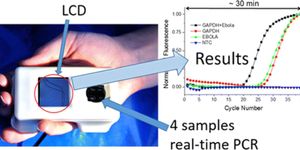What do cancer researchers think is the most dangerous part of cancer? Metastasis. This is the ability of cancer to spread from the primary site to secondary organs. Indeed, about 90 percent of cancer-related deaths are attributed to metastatic events, which severely impede the effectiveness of anticancer therapies.
"Some cells that we call cancer stem cells adopt deadly characteristics where they can travel through the bloodstream to other tissue and form new tumors. There's a need for ways to find these cells and to study them, and importantly, to develop drugs that target them, because these cancer stem cells are resistant to chemotherapy drugs that target the main tumor. This causes recurrence: The cancer comes back," said Kristopher Kilian, a professor of materials science and engineering at the University of Illinois at Urbana-Champaign.
To find out the mechanisms behind metastasis, Kilian and his team turned to tumor models developed in their lab. Specifically, they studied cultured mouse skin-cancer colonies on various textural and geometric environments to see if this influences tumor growth and metastasis.
They found that cancer stem cells tended to aggregate at areas where there were more
curves and soft edges. The presence of stem cells is an indication that the tumor will likely spread. Indeed, when these cells were transplanted into live mice, the animals showed enhanced tumor growth and metastasis in the lungs, compared to cells grown on flat surfaces.
Kilian found his results interesting and surprising. "Normal stem cells prefer a soft, squishy, internal position. So for cancer, everyone had assumed that the cancer stem cells were in the middle of the tumor. We found that geometric constraints, like you would have where a tumor touches healthy tissue, seem to activate these cancer stem cells at the perimeter,” he explained.
The results expand our knowledge on metastatic tendencies, and could prove useful during surgeries. "In a tumor, similarly, regions that develop these kinds of shapes may activate cells that can then escape and form more tumors. This may allow surgeons to look at the perimeter of a growing tumor and use the shape to guide their assessment of which regions could be more problematic -- where they need to take out more tissue around the tumor and where they may not need to take as much."
The team is also very much excited at the prospects of using tumor models in dishes to guide treatments for individual patients. "You can imagine a patient has a particular tumor. You could engineer that in a dish, and using the patient's own cells, you could develop a model of their specific tumor to test out drugs," said Kilian. "If you could take a patient's cells and within days have microtumors that you could use to screen all the available drugs, then an oncologist would be able to prescribe a treatment that's tailor-made for the patient that targets both the tumor cells and these elusive cancer stem cells that currently we can't see.
"There's a lot more work to be done, but we're very excited about how a very simple materials property of a growing tumor might be a culprit of the disease spreading. We think it opens up a new avenue of investigation for drug development, guiding surgery, and understanding progression and spreading of cancer," Kilian said. "Cancer is very complex, so putting it in context is key. If there is a microenvironment that provides the context for activating cells that can spread cancer, then that's important to know."
Additional sources:
Science Daily









